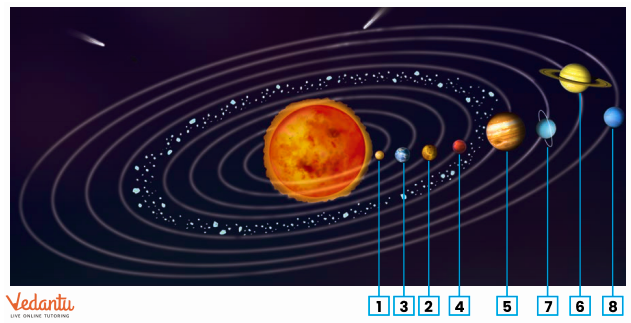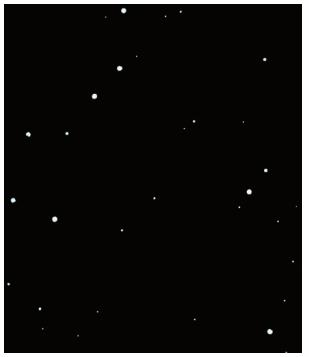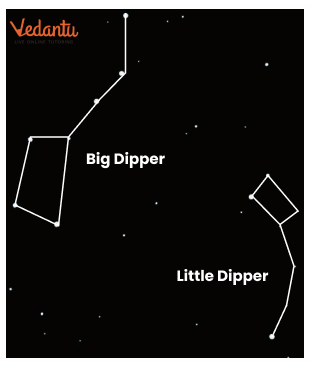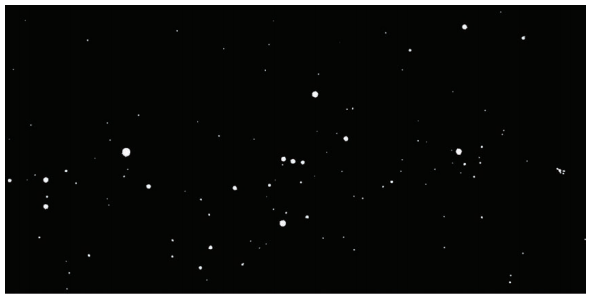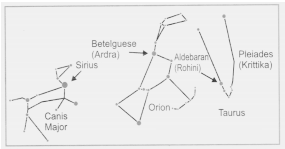Class 6 Science NCERT Solutions for Chapter 12: Beyond Earth - FREE PDF Download
FAQs on NCERT Solutions for Class 6 Science Chapter 12 Beyond Earth
1. What topics are covered in Chapter 12: Beyond Earth?
The chapter covers topics related to the solar system, planets, stars, and the concept of space beyond Earth.
2. How can NCERT Solutions for Class 6 Science Chapter 12 Beyond Earth help with understanding this chapter?
NCERT Solutions provides detailed explanations and step-by-step answers to questions in the chapter, helping students understand complex concepts more easily.
3. How do planets in our solar system differ from each other in Chapter 12 Beyond Earth?
Planets differ in size, composition, atmosphere, and surface conditions. For example, Jupiter is the largest planet, while Mercury is the smallest.
4. What types of questions are included in the NCERT Solutions Class 6 Science Chapter 12 Beyond Earth?
The solutions include multiple-choice questions, short-answer questions, and long-answer questions to cover a range of topics.
5. How can I use Class 6 Science Chapter 12 Beyond Earth for revision?
You can use the solutions to review key concepts, practice solving problems, and check your understanding of the chapter’s content.
6. Can Class 6 Science Chapter 12 Beyond Earth help me prepare for exams?
Yes, they help you practice and reinforce your knowledge, making exam preparation more effective and efficient.
7. How often should I refer to NCERT Solutions Chapter 12: Beyond Earth while studying?
Refer to the solutions regularly while studying and practising, especially after reading the chapter and attempting exercises on your own.
8. How can I use NCERT Solutions for Class 6 Science Chapter 12: Beyond Earth to improve my scientific knowledge?
By studying the solutions, you gain a clearer understanding of scientific concepts and learn how to apply them to different questions.
9. Do the NCERT Solutions Class 6 Science Chapter 12 Beyond Earth include explanations for all the exercises in the chapter?
Yes, the solutions generally cover all exercises and activities provided in the chapter, offering comprehensive answers and explanations.
10. How can NCERT Solutions Class 6 Science Chapter 12 Beyond Earth improve my problem-solving skills?
By working through the solutions, you learn how to approach and solve different types of questions, enhancing your analytical and problem-solving abilities.


















